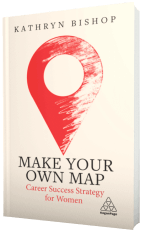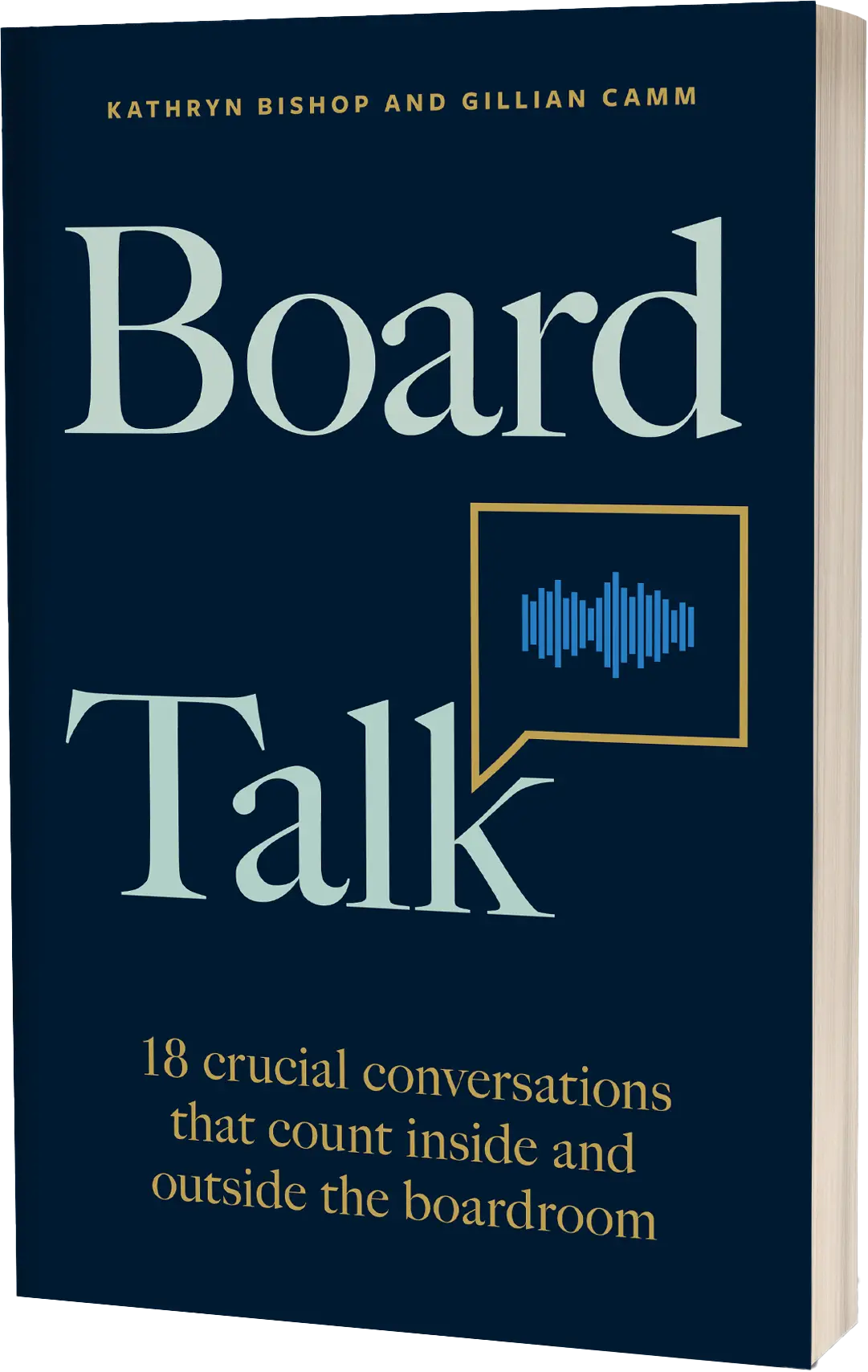In the work we do on the Women Transforming Leadership programme at the Said Business School at the University of Oxford, one of the areas of focus is on the question of purpose. We ask ourselves the question: what really matters to you? What are you for in this world? What’s the purpose of the work you do?
The very fact that we have to ask that question three different ways is evidence of how difficult this question is to answer. But all the research and self-help psychology talks about the importance of purpose to an individual, to make their efforts every day meaningful and absorbing. It’s one of the preconditions of a happy life, apparently.
Organisations have become increasingly focused on their purpose, or intent, in the early years of this century – and in an organisational context it is not just about making money now and in the future. In a global market, where there are many possible options to invest in, having some sense of the driving purpose, the central focus of the organisation provides a means to select what is likely to be most successful, a method of prioritising actions. Some organisations express that intent in the form of their vision or mission, although we have had so many years of work on those often anodyne statements that they have a lower motivational effect on employees than they used to.
The model we use on the programme is – once again – drawn from corporate strategy and it is most useful in helping organisations to think about how they are aligned to deliver their strategic intent. In other words, whether they have the right resources as an organisation (skills, people, assets) and have organised them properly internally to be able to deliver what they say in their vision statement. In corporate strategy, the question of alignment – the degree to which the organisation is set up to achieve its goals – is as much a part of the strategy process as the external perspective on competitors and customers.
These questions are important to individuals when they think about their working lives and their strategy for their own careers. Are you clear about your strategic intent – and do you have the capabilities and support you need to be able to turn your intent into reality? These are two different questions, of course – and can be answered in quite different ways. But the alignment point is vital here: if your intent is clear but you simply don’t have the skills or experience to realise it, then you are unlikely to feel that sense of psychological flow that comes with living this intent in your working life.
It’s obvious that skills and capabilities can be developed. Investment of your time and money in training, development or coaching can increase the alignment between what you want to do and your capacity to do it. In that sense, the strategic intent concept can be useful as a means of setting out the agenda for change in your life. You can identify what you need to develop or change to ensure that you can make your strategic intent real.
But over a long working life, sometimes you may find that your sense of purpose starts to change. You may start to feel that your purpose is no longer as satisfying as it was, perhaps because you have done what wanted or because your circumstances have changed. Over a long working life, it’s quite likely that there will be some shift in what you regard as important for a whole variety of reasons.
And when that happens, you need to look again at the strategic intent model for two reasons: to re-state your purpose and to re-shape your life to be able to make it real. This is easy to say, but much harder to do.
In the next blog post, there will be some techniques to help with the first of these challenges: stating or re-stating your purpose.



